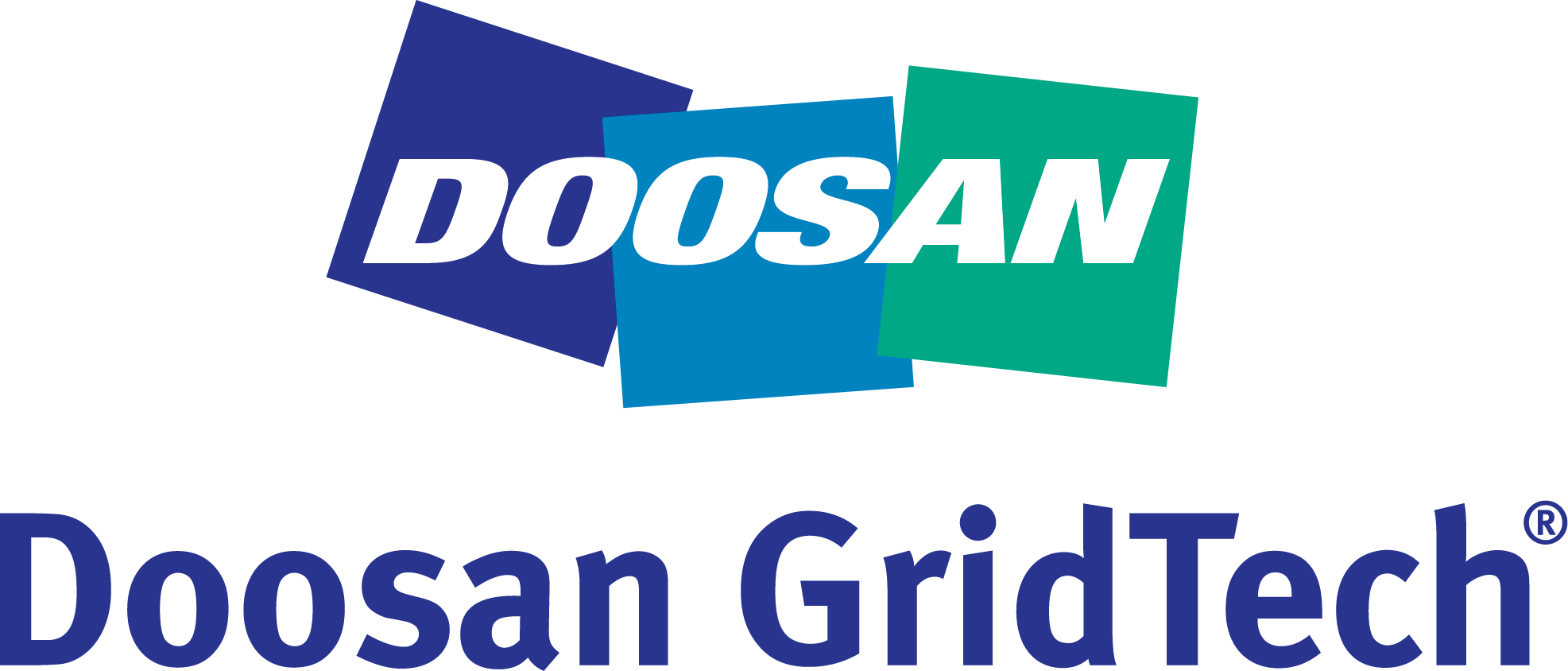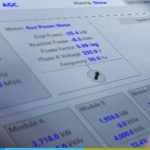
Doosan GridTech’s DERO
Doosan GridTech’s DERO solution is a highly scalable, configurable, and integrated distributed energy resource management system (DERMS).
Synchronized DER management requires real-time insight, understanding, control, and analytics. Integrating thousands of renewables into the grid is only achievable with a scalable, robust DERMS platform and a granular understanding of what is happening throughout the grid.
Doosan GridTech® provides a highly scalable, configurable, and integrated distributed energy resource management system (DERMS) under its centerpiece Distributed Resource Optimizer (DERO®) platform. This autonomous orchestration engine relies on partners’ contributions, like Awesense, to provide a mix of operational input values for optimal control and monitoring of relevant distributed resources to ensure maximum value for the customer, the utility, and the grid.
Doosan’s DERO solution offers a fresh approach to DER management with pioneering grid sensing and analytical capabilities that can scale to millions of devices. Through Awesense’s True Grid Intelligence (TGI) platform, DERO can access real-time, analyzed, location-specific data and make more intelligent decisions that would strain conventional grid operations systems.
The collaboration between Awesense and Doosan has been put through its paces for Snohomish County PUD at their Arlington Microgrid site in Washington state using SnoPUD’s existing DERO system. The utility is intent on helping its customers maximize the value of electric vehicle ownership as well as leverage other customer-owned distributed energy resources. SnoPUD hired Doosan and Awesense to examine how vehicle-to-grid chargers (V2G) will impact grid resiliency to meet future demand.
Doosan’s DERO optimizer platform and TGI’s grid intelligence are perfectly suited to create the DER management platform needed to enable the energy transition. Through this comprehensive suite of applications and integrations, any utility will be able to seamlessly integrate distributed energy, electric vehicles, and energy storage into their network and control these devices in real-time.
